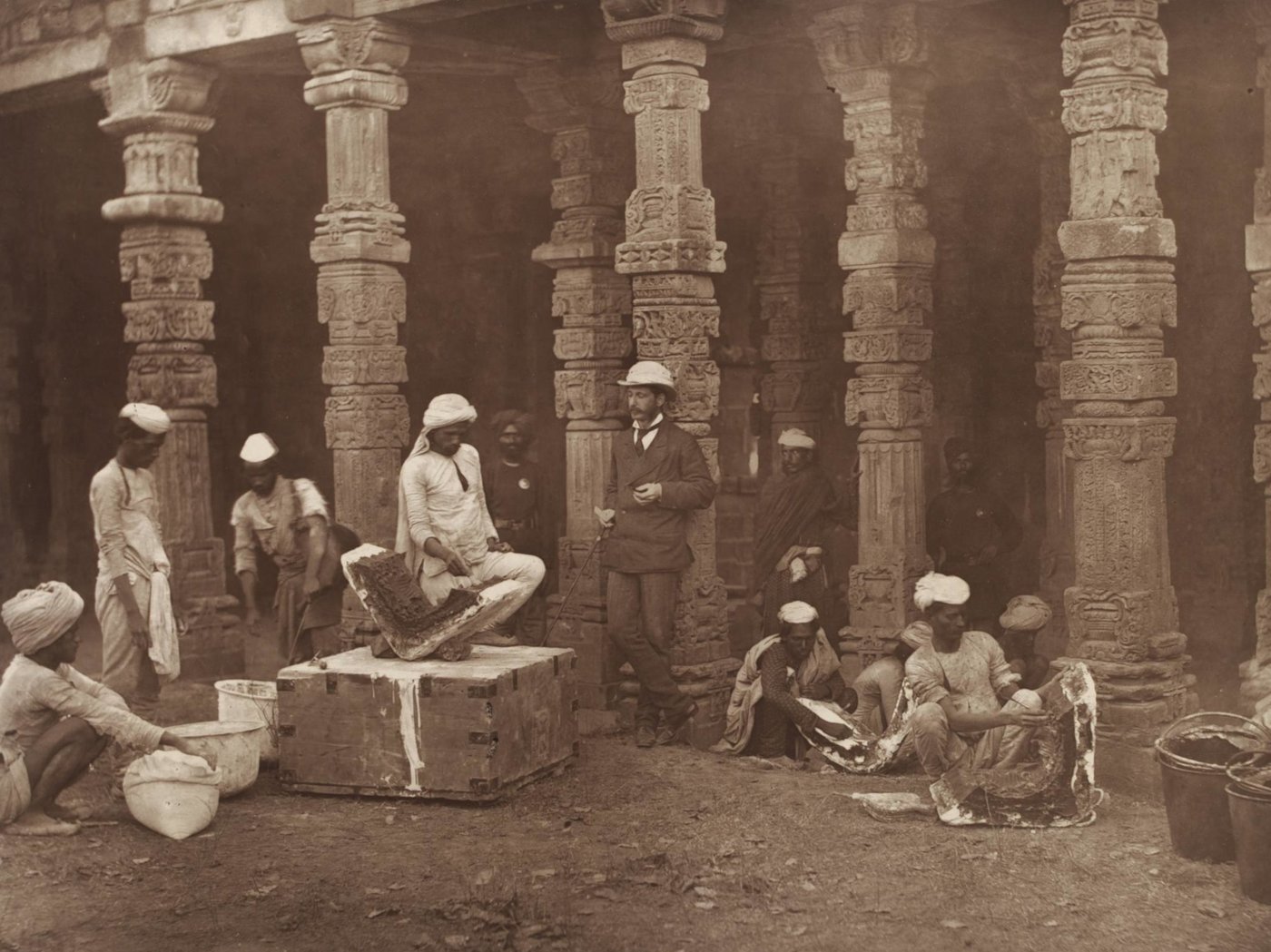 Preserving India’s Past: Law, Bureaucracy, and Historical Conservation in Colonial India 1904–1925
Preserving India’s Past: Law, Bureaucracy, and Historical Conservation in Colonial India 1904–1925
Indra Sengupta
i.sengupta@ghil.ac.uk
The project examines the ideology and practice of monument preservation and built heritage in colonial India, concentrating largely – though not exclusively – on the period 1890 to 1925, which is generally regarded as the high noon of monument preservation in India. It is also regarded as the final stage of the high noon of the British Empire in India. The study focuses on pre-colonial, mainly Hindu religious structures that, as a result of colonial official thinking on heritage and monuments, were brought under the purview of state-regulated preservation practices by means of legislation, such as the Ancient Monuments Preservation Act of 1904.
The project addresses three main aspects of monument-making in colonial India:
1. Since monument-making practices in colonial India were essentially state-driven, with colonial bureaucrats assuming the role of professional archaeologists and culture-makers, the study analyses the functioning of the archaeological apparatus of the colonial state, engaging with the question of the nature and implications of management of the past by a colonial bureaucracy.
2. At the same time, the study engages with the question of the extent to which a colonial state, far removed from the locality, was in a position to ensure the success of its policy on the ground. Focusing largely on case studies drawn from the eastern region of Orissa, which features an abundance of ancient Hindu religious structures, the study analyses the considerable agency that rested with local religious communities and the ways in which they tried to set the agenda and drive the practice of monument preservation. By moving beyond colonial discourse and examining social practice on the ground, the study will contribute to the more recent trends in historical research on indigenous agency in colonial knowledge systems in India.
3. A final question concerns the ways in which heritage management and monument preservation in colonial India became a part of discussions on the preservation of past structures, on the relationship between human societies and their past, on history, heritage and monuments, and on the role of the state in these processes in late Victorian and Edwardian Britain.
The study breaks new ground by linking the practices of conservation at the level of the locality and region in India with broader late Victorian preservationist concerns with heritage and monument protection. It does this not by trying to understand practices in India as a mere extension of ideas and practices common in the British metropolitan culture, but by examining the ways in which monument-making practices in colonial India became a challenge for contemporary British and European heritage thinking. It analyses how the ‘peculiarity’ of the Indian case, with its often unbroken tradition of artisanship and excessively interventionist policy of a ‘guardian’ colonial state, had to be accommodated in an ideology of heritage and monument-making that had acquired general consensus in Europe by the end of the 19th century. It will thus contribute to ongoing discussions of the ways in which colonial culture left its imprint on British metropolitan culture.
Related publications
‘Preservation between Empire, Nation and Nationalisms: the Problem of History and Heritage in India’, Nations and Nationalism, 24/1 (2018), 110–30
‘Law, Religion, Heritage: Preservation in Late Colonial India. The Problem of the Thatta Mosque’, in Joaquim R. Santos (ed.), Preserving Transcultural Heritage: Your Way or My Way? (Vale de Cambra, 2017), 647–55
Culture-keeping as State Action: Bureaucrats, Administrators, and Monuments in Colonial India, Past and Present, 226/Issue suppl. 10 (2015), 153–77
‘Monument Preservation and the Vexing Question of Religious Structures in Colonial India’, in Astrid Swenson and Peter Mandler (eds.), From Plunder to Preservation: Britain and the Heritage of Empire, c.1800–1940 (Oxford, 2013), 171–85
‘A Conservation Code for the Colony: John Marshall’s Conservation Manual and Monument Preservation between India and Europe’, in Michael Falser and Monica Juneja (eds.), Archaeologizing Heritage? (Berlin, 2013), 21–37
‘Sacred space and the making of monuments in colonial Orissa’, in H.R. Ray (ed.), Archaeology and Text: The Temple in South Asia (New Delhi, 2009), 168–88